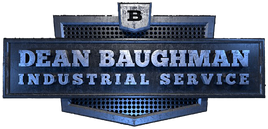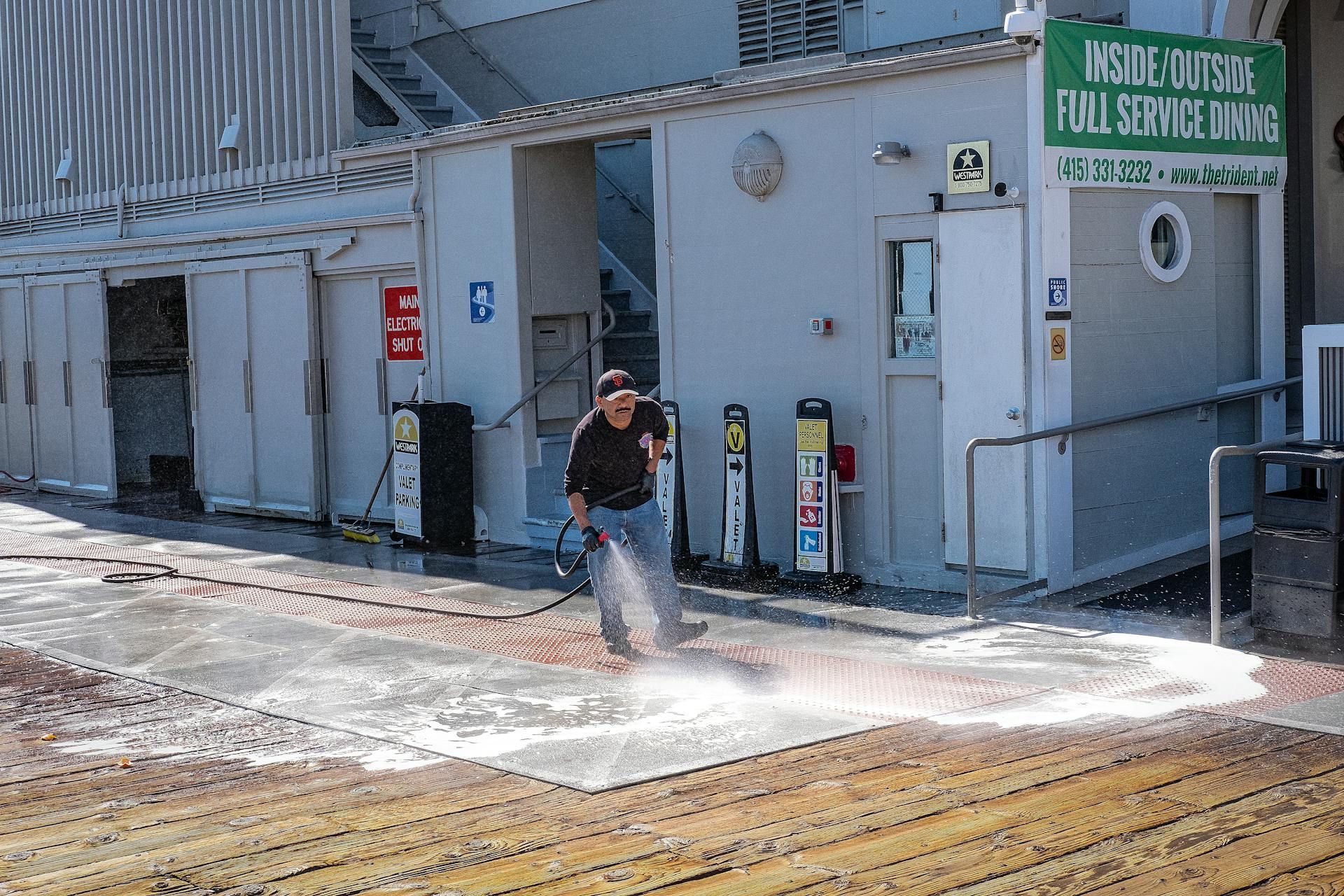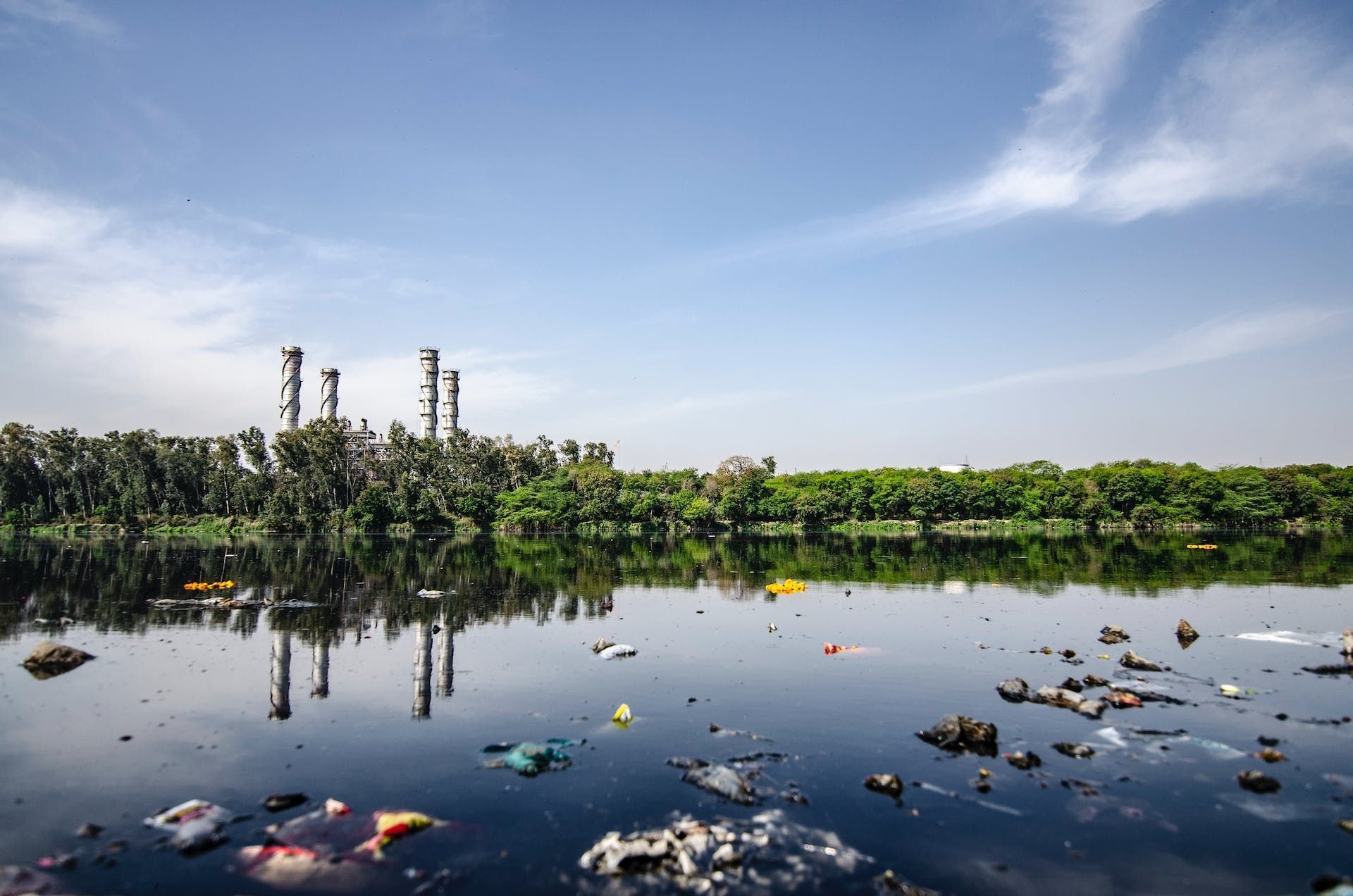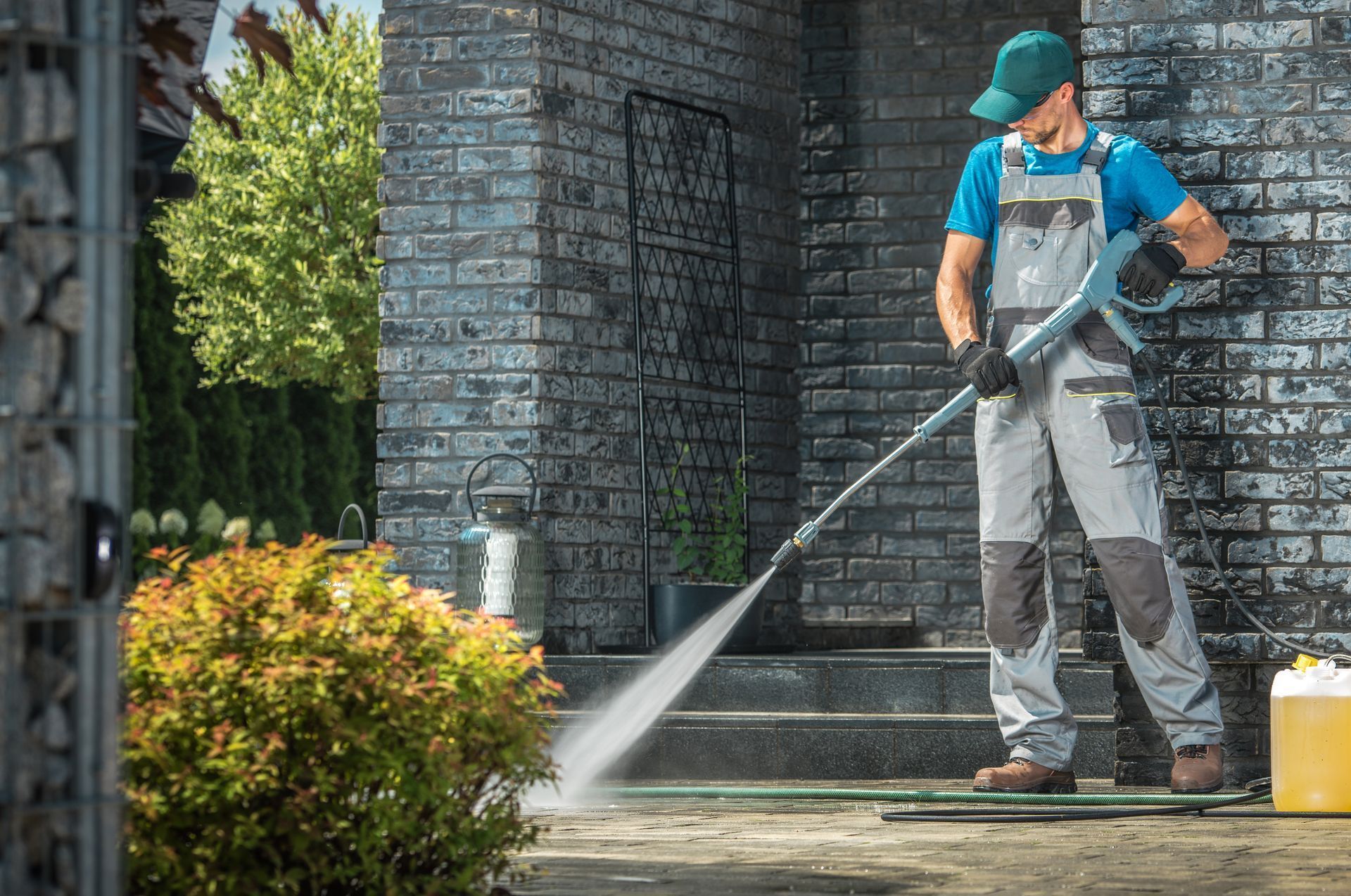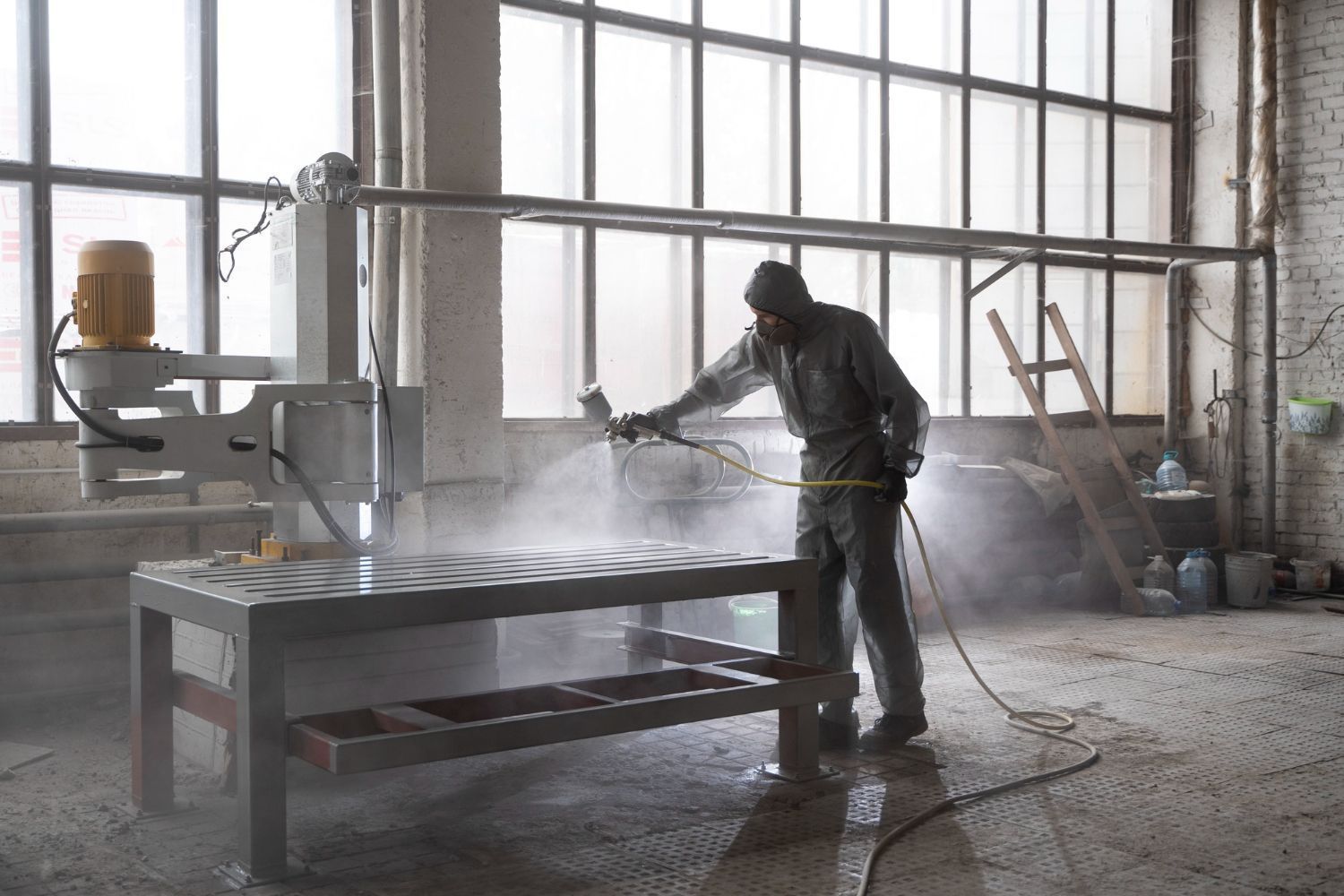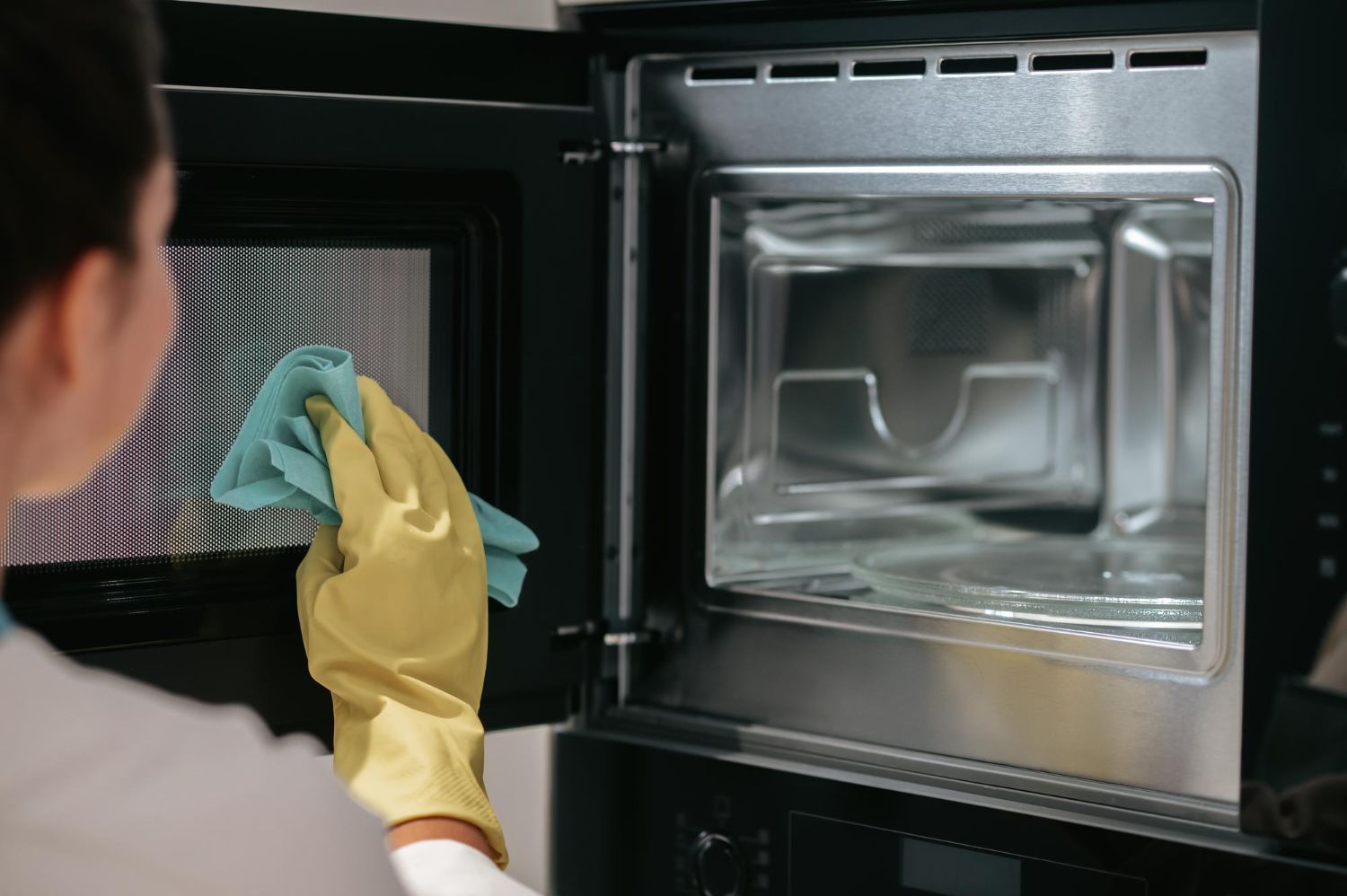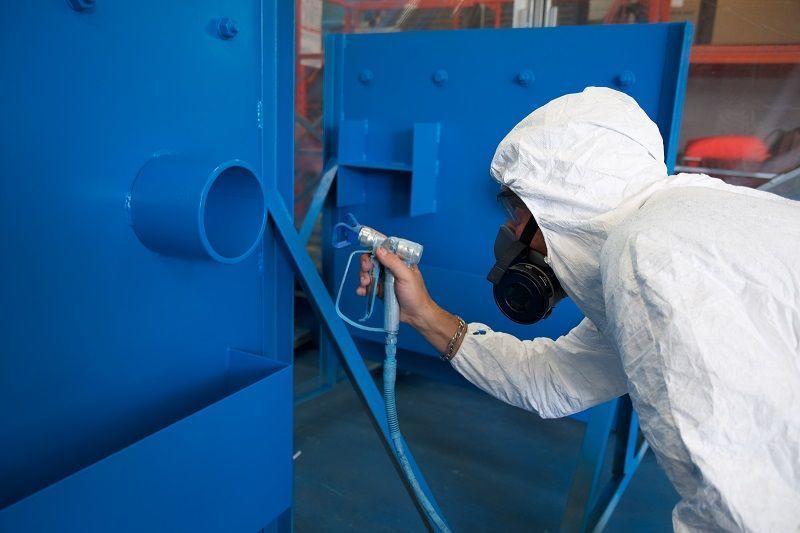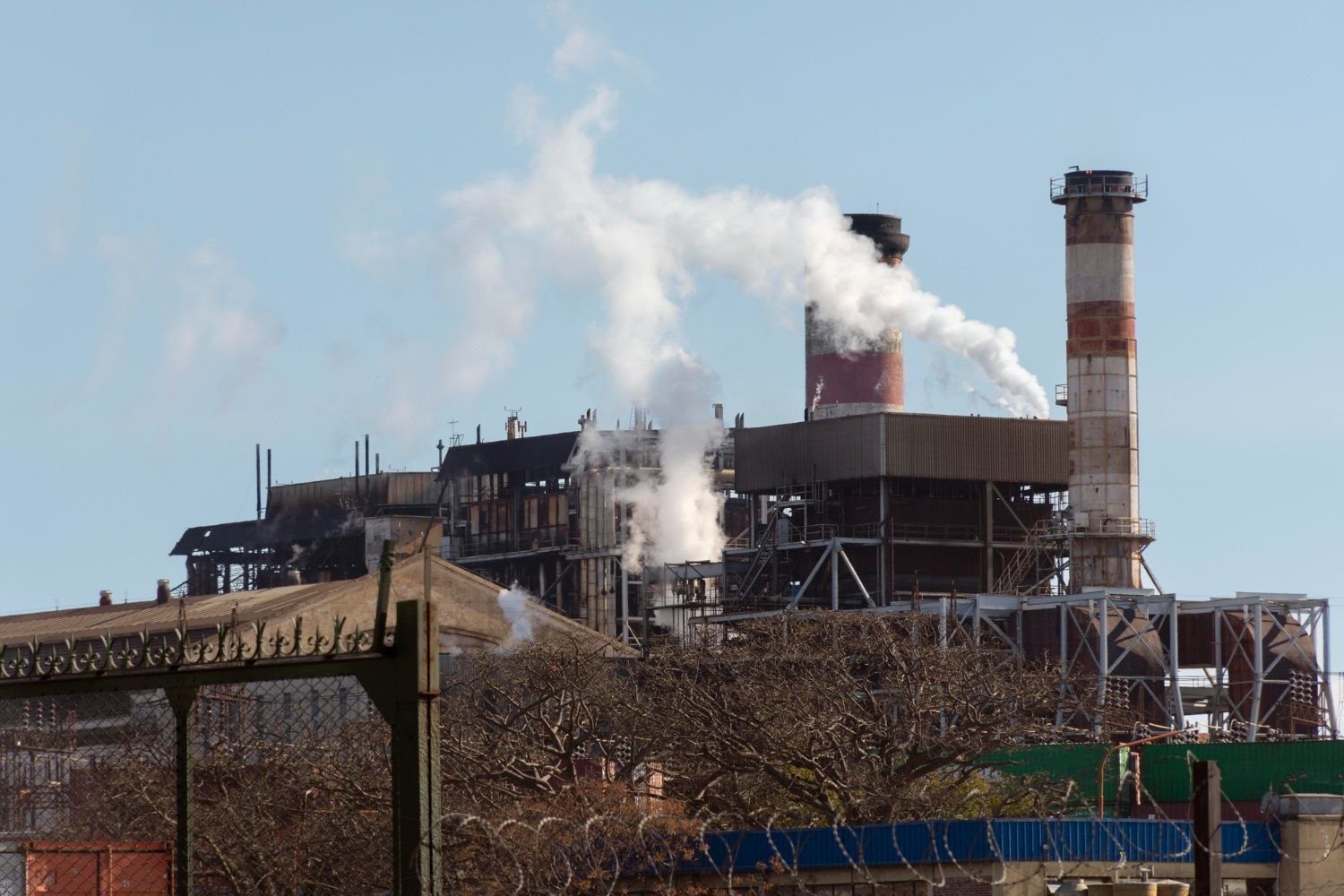What is Abrasive Blasting and What it is Used For?
In surface treatment and restoration, few techniques wield as much power and versatility as abrasive blasting. This dynamic process, also known as sandblasting, has revolutionized industries ranging from construction and manufacturing to artistry and conservation. With the ability to strip away layers of wear and grime, abrasive blasting breathes new life into surfaces, revealing their true potential.
Whether you're a seasoned professional or a curious novice, join us on this journey as we explore what is abrasive blasting and how this transformative process shapes the world around us.
What is Abrasive Blasting
Abrasive blasting, also known as sandblasting, is a process used to clean, prepare, or finish a surface by forcibly propelling a stream of abrasive material against it. This abrasive material can be a variety of substances, such as sand, glass beads, aluminum oxide, steel grit, or even walnut shells, depending on the specific application and the material being treated.
The process typically involves a specialized piece of equipment known as a blasting pot or sandblaster, which pressurizes and propels the abrasive material through a nozzle at high velocity. The abrasive particles impact the surface, removing contaminants, rust, paint, or other coatings.
What it is Used For?
Abrasive blasting is used in various industries for a wide range of applications, including:
- Surface Preparation: It is commonly used to prepare surfaces for painting, coating, or bonding by removing old coatings, rust, scale, or contaminants.
- Cleaning and Restoration: It can be used to clean and restore surfaces like buildings, bridges, monuments, and historical artifacts.
- Deburring: Abrasive blasting can remove sharp edges or burrs from metal parts.
- Deflashing: It is used in manufacturing to remove excess material or flash from molded parts.
- Etching and Engraving: It can be used to create patterns, designs, or textures on surfaces.
- Decorative Finishing: Abrasive blasting is used in the art and craft industry to create artistic designs on glass, metal, or wood.
Advantages of Abrasive Blasting
Abrasive blasting offers several advantages across a range of applications and industries.
- Effective Surface Preparation: Abrasive blasting is highly effective in preparing surfaces for coatings, painting, or bonding. It efficiently removes rust, old paint, scale, and contaminants, ensuring a clean and receptive surface for subsequent treatments.
- Versatility: It can be applied to a wide variety of materials, including metals, concrete, glass, wood, and more. This versatility makes abrasive blasting applicable in diverse industries such as automotive, aerospace, construction, and art restoration.
- Precision and Control: Operators have precise control over the blasting process, allowing them to adjust factors like pressure, nozzle type, and abrasive material. This level of control enables targeted treatment, ensuring that only the desired material is removed.
- Improved Adhesion: By creating a clean and roughened surface, abrasive blasting enhances the adhesion of coatings, paints, and adhesives. This leads to longer-lasting finishes and improved performance.
- Conservation and Restoration: In historical preservation and restoration projects, abrasive blasting is invaluable for gently removing layers of dirt, grime, and old coatings from delicate surfaces, revealing their original beauty.
- Efficient Cleaning: It's an efficient method for cleaning large surfaces or complex structures, such as bridges, tanks, and industrial equipment. Abrasive blasting can reach areas that might be challenging to clean using other methods.
- Cost-Effective: In many cases, abrasive blasting can be more cost-effective than other methods of surface preparation or cleaning, especially when dealing with large or intricate structures.
- Environmental Benefits: Depending on the abrasive material used, abrasive blasting can be environmentally friendly. Some alternatives, like crushed glass or baking soda, are non-toxic and can be recycled.
- Speed and Productivity: It can be a very fast process, allowing for rapid surface preparation and treatment. This is particularly important in industries where efficiency and throughput are critical.
- Customizable Finish: The choice of abrasive material, pressure settings, and blasting technique allows for a wide range of surface finishes, from a smooth, even surface to a textured, roughened one.
Ask for Help from Professionals
It's important to note that abrasive blasting can be a hazardous process if not conducted properly. Safety measures, such as proper protective equipment, controlled environments, and appropriate ventilation, are essential to protect workers and the surrounding environment from potential harm
The choice of abrasive material should be considered carefully to minimize environmental impact and health risks. Better call Dean Baughman Industrial Services for help and avoid possible risks.
Service Areas
Contact us and find out if we have a team in your area!
Address: Fort Wayne, IN 46825, United States of America Phone: (260) 615-0229
Dean Baughman Industrial Maintenance Services
